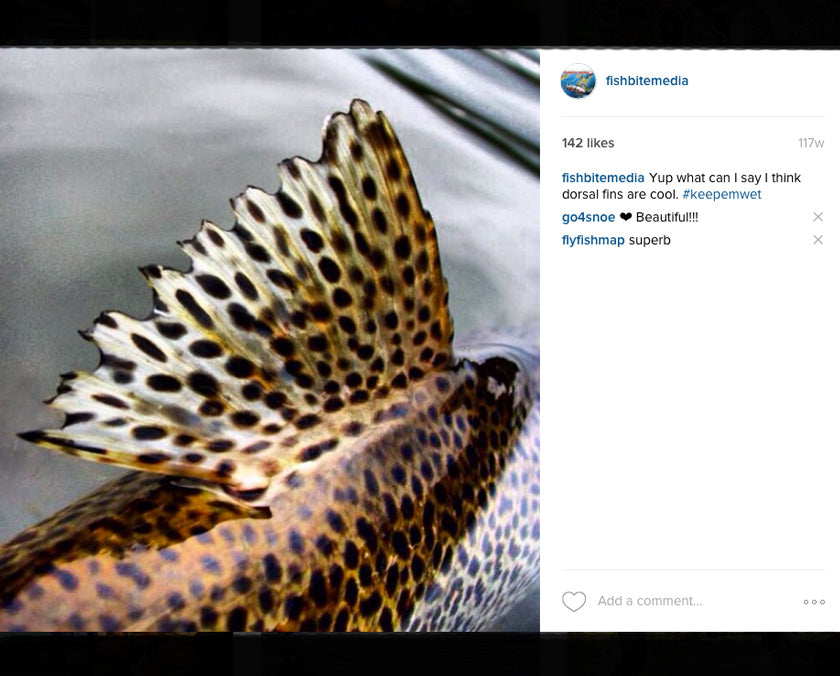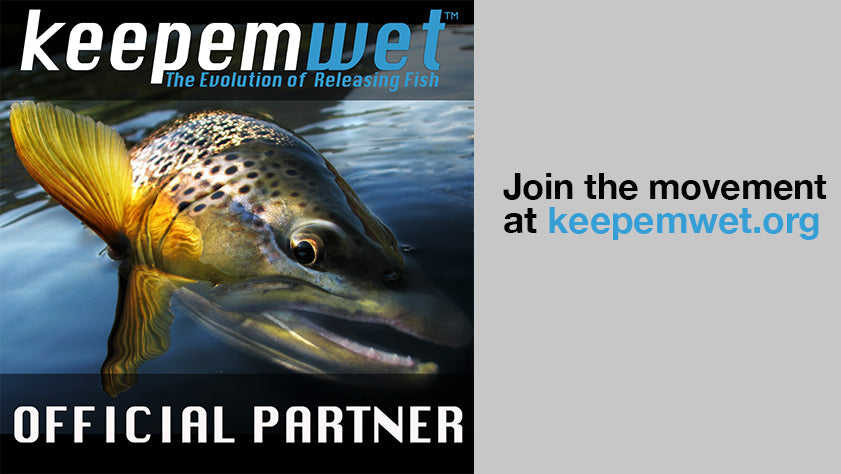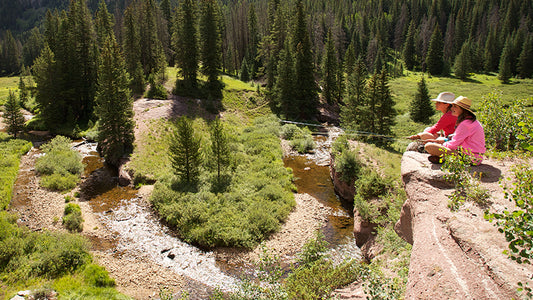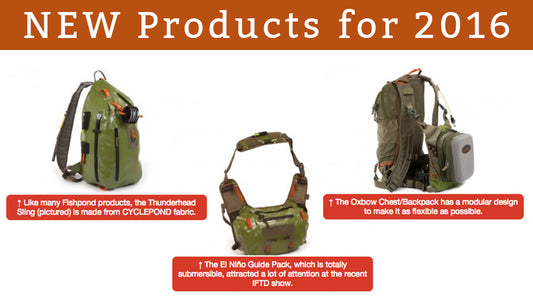It started several years ago, back in the days when Facebook was transitioning from a college student message board to general public communication. During this time, a ton of fish photos began to populate my news feed. A lot of those photos came from local waters that I personally knew and loved, and often the fish pictured were undergoing some pretty rough handling. It wasn't uncommon to see fish photographed up on the bank, laying in dry grass, leaves, or rocks. A few hung from their gill plates in classic harvest pose. Some such images had comments about catch & release regulations specific to the area, to which the angler would reply something like, "Relax, it's all good. I released that fish!"
Over time nearly every angler packed a camera phone, and the "hero shot" profile photo became standard angler protocol. I simply couldn't help but wonder what impact social media and camera phones were having on all kinds of fish that were caught, photographed and then released. It bothered me. A lot.
As a (primarily fly fishing) photographer, I felt challenged. I after all had benefitted from showcasing my own photographs of beautiful fish on social media. One could argue I owed my entire successful career to the photos and videos I'd posted online. However, I wondered if there was a way that I could highlight the importance of basic methods to (and how not to) handle fish upon releasing back to the water, and ideally in a tone that would be embraced, and not perceived as critical or accusatory. I wanted something that I could brand my own fish photos with that conveyed a fundamental principal of ideal fish handling.

In 2010, a Boise fly club asked me to give a presentation about trout photography. One title of this presentation was called Keep 'em Wet. I discussed that wet fish simply look better. A fish down in or very close to the water encourages interesting camera angles, fantastic reflections, and often overlooked details of the waterline environment. And importantly, results in happier fish returned to the water revived and in good condition!
After pondering the impact of so many fish being handled longer, photographed and then released, this title came back to me. I tagged one of my shots with #keepemwet. I liked it. It seemed like the best phrase to communicate a fundamental aspect of fish handling that could help more fish survive.
From that point on the use of the phrase began to spread. Other photographers started using it on their own wet fish photos. Native Fish Society built a photo contest around the phrase, Patagonia and the Fly Fishing Film Tour built their own promotions around it. The folks were digging it!
Now with the help my angling buddy Paul Moinester and Fisheries Professor Dr. Andy Danylchuck, we are proud to release a cohesive effort to broadcast keepemwet principals to anglers around the globe. We are excited to launch Keepemwet.org, a website featuring science-based information about best practice fish handling with the support of many premier names in the angling community.

My hope is for keepemwet.org to coalesce a message of best practice fish handling and spread it to anglers around the globe. With countless fish being caught, photographed then released, it just makes sense to promote tips that many anglers may have simply never heard of.
Keepemwet is not about policing anglers and their photos. It's not against grip and grin photos, or the quick hero shot. Simply put, Keepemwet Fishing™ is about releasing fish in the best condition possible. It's reduced handling, zero contact with dry surfaces and minimized exposure to air. It's anglers taking small, simple steps to responsibly enjoy and share their angling experiences. Most of all, it's anglers, companies and organizations uniting to promote science-based progress and respect for our fish.
Keepemwet is our phrase that represents this organized effort, which we are working to spread across all kinds of angling. It's the evolution of releasing fish. Our fish, your fish!





